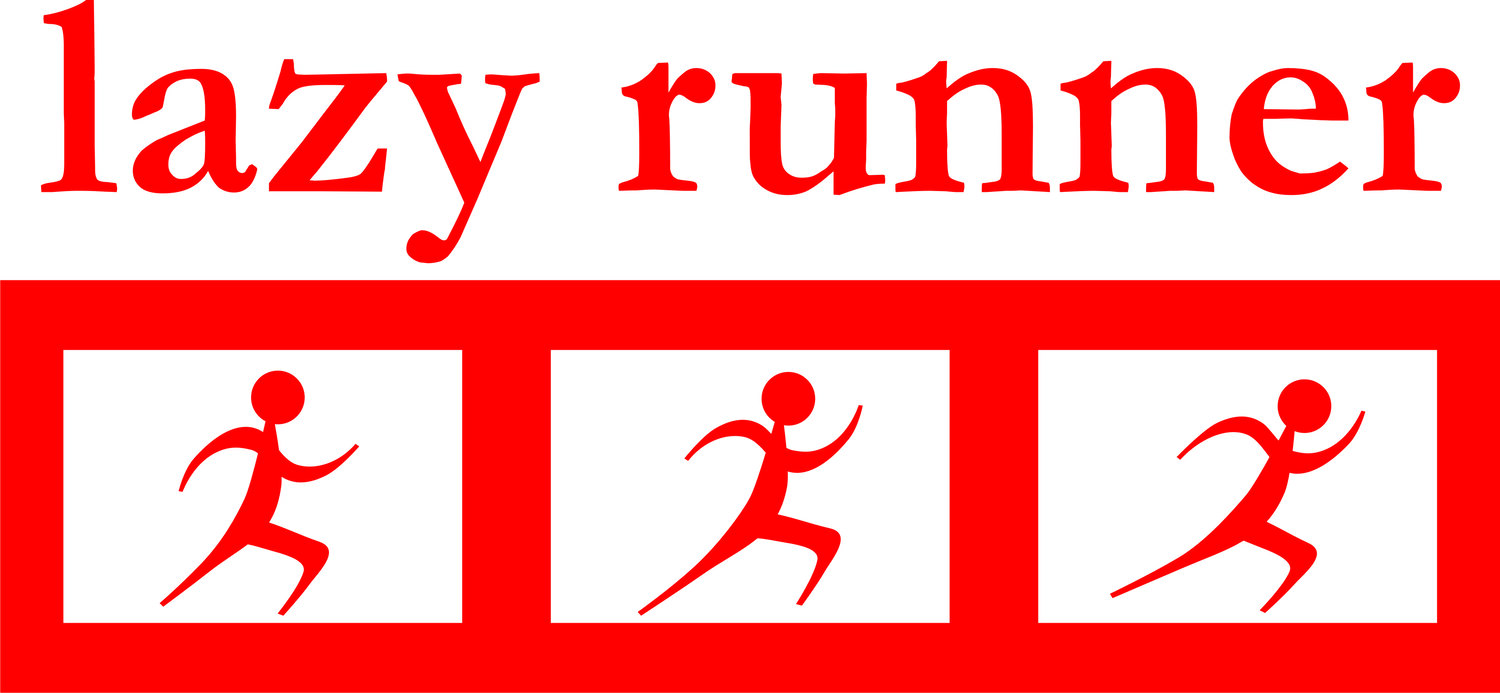Improving your running with NLP & Hypnosis
As time goes by it is becoming more and more widely recognized that being able to win at sport is significantly affected by your mental attitude.
The principle of improving what you do on the inside in order to improve how you perform on the outside has been known for thousands of years and in more recent years has become popular once again. Research now shows how the brain actually changes according to the different thoughts, feelings and beliefs’ we hold. Therefore, it makes sense that in order to run faster and to enjoy the experience you need to update your thinking, and I don’t mean running faster once but being consistent in your improvement.
We all know people who seem to be doing so well and then just tail off, they seem to stop improving, then get bored and even sometimes give up altogether.
Commonly people think hypnosis is used to dredge up feelings from the past, or to cure people of things like smoking, overeating, claustrophobia, agoraphobia or any other extreme fears they may suffer from. However, it can be used to enhance and improve lives in many other ways.
Hypnosis can be used to improve many areas of life, and sport is no exception. Many athletes are now looking for something more than just hours and hours of physcial training to get to the top of their sport, they find that if they spend some time training their brain, they improve their performance as well.
Top sports people like Tiger Woods (who started hypnosis at the age of 13), Andre Agassi, Pat Cash and Jimmy Connors have undertaken hypnosis with Jack Nicklaus claiming all his success in golf has been achieved through his mind.
And its not just individuals, whole teams have used hypnosis to get them united and focused whilst playing their sport. In 2009 the Paksitan cricket team underwent hypnosis to get them to forget past failures and win the Twenty 20 cup, which they did that year. The Chicago White Socks employ a full time hypnotist as part of their support crew as do the US basketball team the LA Lakers. in 1956 the Russian Olympic team included 11 hypnotists when they came to Melbourne to compete.
Hypnosis even saw the fall of one of the best boxers ever known. In 1973 Muhummad Ali was beaten by a boxing underdog, Ken Norton. Ken was a 7-1 outside rank, when he broke Ali's jaw and claimed his historic win was due to the hypnosis he practised before the fight. After that fight Ali employed his own hypnotherapist!
The athletes are enouraged to visualize winning long before they even step onto the track, court, field, pitch or ring. So time is spent thinking of everything they need to do to get themselves to win; from preparation, overcoming fears, going through the whole event in their head and working on anything that could go wrong and mentally fixing it before they compete. Sally Gunnell mentally practised her 400 metre hurdles event in her head 10 times a day for months before she went on to win that event at the Barcelona Olympics.
Hypnosis can also be effective at learning to block out negative things, even the physical ones like pain. Mary Lou Rettan used hypnosis to block out the pain in her injured foot, so she could compete and win gold in the 1984 olympics.
